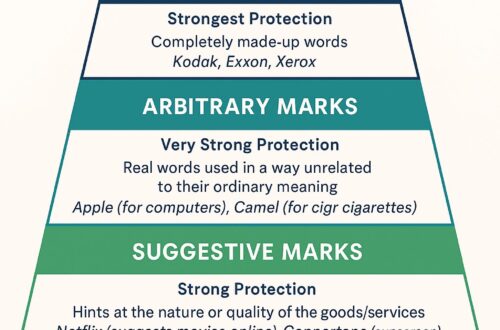Small and medium enterprises (SMEs) are the lifeblood of global economies, accounting for over 90% of businesses worldwide, yet many struggle to leverage intellectual property (IP) to their advantage. Limited resources, lack of expertise, and fear of legal costs often prevent SMEs from protecting their innovations, leaving them vulnerable to infringement and limiting their growth potential. However, when SMEs effectively manage their IP, they can gain a competitive edge, attract investment, and expand into new markets.
One of the primary challenges SMEs face is identifying which IP assets to protect. Unlike large corporations with dedicated IP departments, SMEs often overlook valuable assets such as trade secrets, unique product designs, or customer databases. A bakery with a secret recipe, for example, might not realize that this qualifies as a trade secret—a form of IP that, unlike patents, never expires if properly safeguarded. Similarly, a tech startup may focus solely on patenting its core technology while neglecting to trademark its brand name, allowing competitors to exploit similar branding. A 2022 survey by WIPO found that only 30% of SMEs worldwide have a formal IP strategy, compared to 80% of large companies, highlighting a critical knowledge gap.
Financial constraints also hinder SME IP protection. Filing a patent can cost tens of thousands of dollars, including attorney fees and maintenance costs, which is prohibitive for many small businesses. In developing countries, where legal services are scarce, these costs are even higher. To address this, governments and organizations offer support: the United Kingdom’s Intellectual Property Office provides grants of up to £10,000 for SMEs to file patents, while WIPO’s Re:Search initiative offers free access to IP resources for health-focused SMEs in low-income countries. These programs have yielded results: a Kenyan startup developing affordable solar lamps used a WIPO grant to patent its design, enabling it to secure a distribution deal across East Africa.
Enforcing IP rights is another hurdle for SMEs. Legal battles against larger competitors or counterfeiters are costly and time-consuming, with many SMEs lacking the funds to pursue litigation. In 2021, a family-owned furniture manufacturer in Italy discovered that a Chinese company was producing exact copies of its patented chair design. Despite winning the case, the legal fees nearly bankrupted the SME. To mitigate this risk, SMEs are increasingly turning to alternative dispute resolution (ADR) mechanisms, such as mediation or arbitration, which are faster and cheaper than court proceedings. Industry associations also play a role: the European Small Business Alliance runs a “Counterfeit Alert” system that helps SMEs report and combat fake products collectively.
SMEs that successfully integrate IP into their business strategies often thrive. Consider Shopify, a Canadian e-commerce startup founded in 2006. By trademarking its name and patenting its user-friendly platform design, Shopify built a recognizable brand and secured a competitive advantage, growing into a billion-dollar company. Similarly, a Colombian coffee roaster used geographical indication (GI) protection—a form of IP that links products to their origin—to market its “Café de Caldas” as a premium, region-specific product, increasing exports by 40% in three years. These cases demonstrate that IP is not just a legal safeguard but a strategic asset that can drive revenue and brand recognition.
Education and awareness are key to empowering SMEs. Workshops, online courses, and mentorship programs can help small business owners understand IP basics. For example, the U.S. Small Business Administration offers free webinars on “Trademarks 101” and “Patenting for Startups,” while organizations like IP Australia provide templates for IP policies tailored to SMEs. By demystifying IP, these initiatives encourage SMEs to view it as an investment rather than a burden.
In an increasingly competitive global market, SMEs cannot afford to ignore intellectual property. With the right support, strategies, and knowledge, even the smallest businesses can use IP to protect their innovations, attract customers, and scale their operations. As WIPO Director General Daren Tang noted, “IP is not a luxury for SMEs—it is a necessity for survival and growth in the 21st century.”
